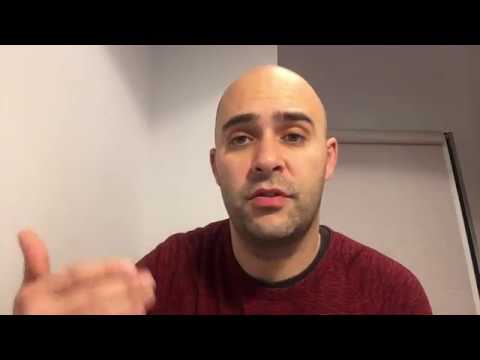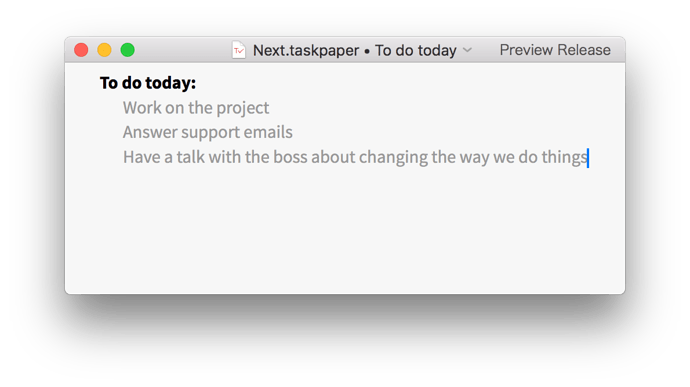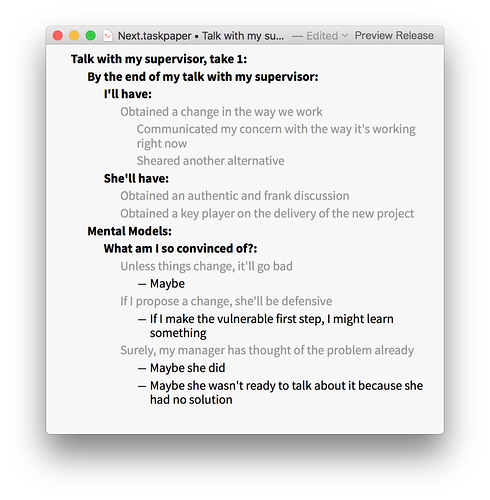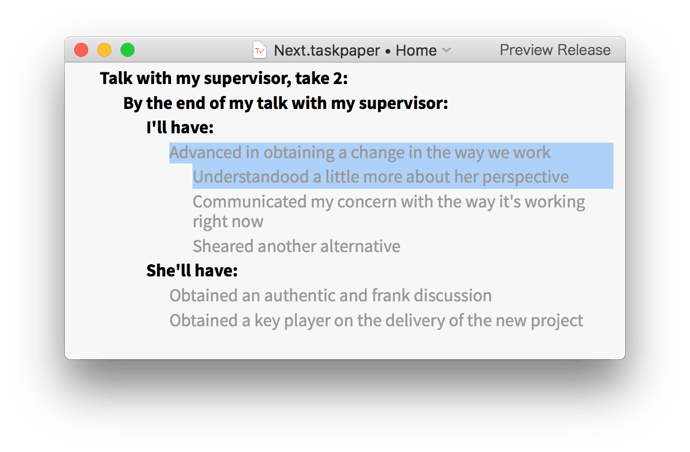I previously shared how I don’t use TaskPaper for straight up to-dos, but instead I use a language-based technique to write what looks like lists of objectives. I call those lists have-done lists and they force me to change my perspective from listing my wishes to stating what I will have done once it’s all done, pretending things will have gone well.
In addition to have-done lists, I also write other kinds of lists to help me re-shape my thoughts, most importantly lists of my mental models, which I catch and re-write to take my ego out of how I see my options.
Together, these two kinds of lists (have-done lists, mental models) help me prepare to bring my best to influence complex, consequential, important situations I care about changing.
Situations like these:
- You see that cynicism is installing itself in the team.
- There’s a big opportunity coming up that you don’t want to miss on.
- In your family, you see a bad relationship trend and you sense that it needs to be broached.
- You need to prepare for a difficult but important conversation with your boss.
- You’re hesitant how to take on something you’ve never tried before.
- You discovered something about your son that needs addressing.
- You plan to start a new consultancy, and you want to prepare that transition
Here’s an intro video (5 minutes) to the two techniques where I run through the conversation with your boss situation (written in full below if you don’t want to watch the video).
Or check out a more detailed video (38 minutes) with more in-depth examples.
Example when a complex situation/opportunity stumps your to-do list:
Let’s say you have this to-do list for today:
The first two are trivial. The third item, though, is not trivial at all.
That’s when I start writing my two mental reprogramming lists.

That’s the start of a have-done list. I pretend I’m at the end, and things went really well. What am I celebrating?

That’s the start of a list of my mental models. I rely on my feelings of the moment to guide me through the exercise, making conscious the unconscious lenses through which I see my options.
And then I fill the lists, tweaking them in multiple takes if needed until I feel I got to the bottom of my thoughts and reprogrammed them: until I get to a have-done list that will be true and until my mental models have been identified and corrected.
TaskPaper is great to make these lists because the three types of lines it offers are just enough (the header, the normal line, and the dashed line for occasional emphasis), because it indents lines, and because I can edit these on my iPhone (I use TaskMator). By the way, the stylesheet I’m using for TaskPaper is the Notes-first stylesheet, which I made expressly for these kinds of lists.
If you keep thinking about one of those situations and you’re thinking it’s time to do something about it, I encourage you to give it a shot. Most of the ones listed above, I’ve gone through personally, and so I can give you a hand if you’d like feedback on your lists, or if you’d like me to be a sounding board to discuss your own approach.
Hope this helps.
If you’d like to comment on this thread: I’d love to hear how you all tackle your own complex, consequential situations. What approaches do you use? Do you use TaskPaper in a specific way?



